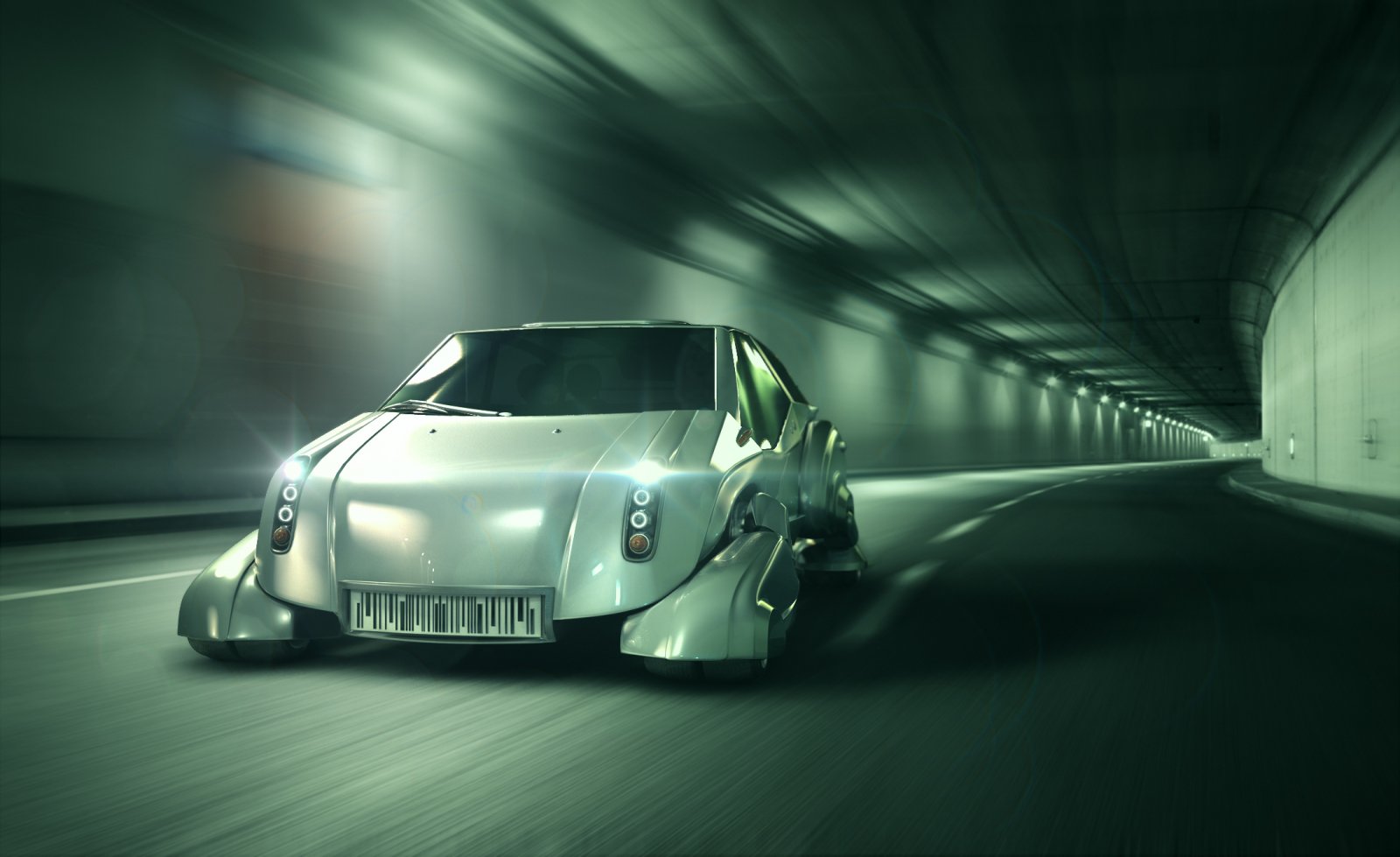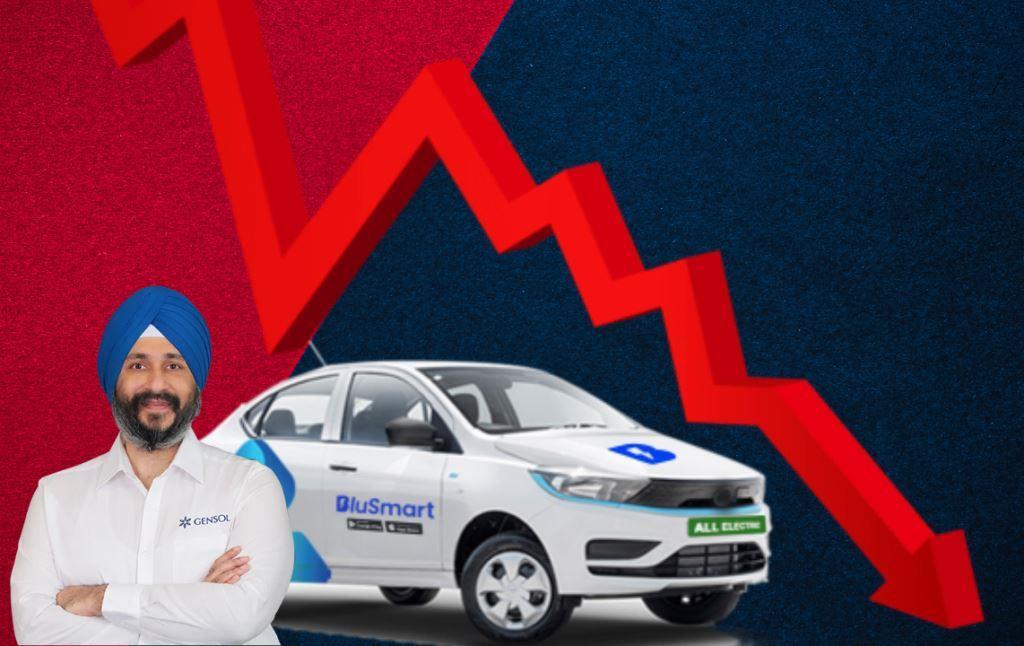Whether you are a veteran driver or still in L plates, you can never be too careful on the roads. The fact that 95 per cent of all road traffic accidents are caused by human error emphasises the need to drive carefully and responsibly at all times. While there is no substitute for careful, responsible driving, there is a constant stream of new technology designed to anticipate our mistakes and protect us in the event of an incident. This article takes a look at some of the coolest car safety gadgets available today and others that are just around the corner.
Night Vision

Night vision technology uses thermal imaging to show hazards on the road ahead. Although it may sound futuristic, the technology has actually been in use in high-end cars since 2002, with manufacturers such as Lexus, Mercedes and Toyota among the first to offer it. With night vision technology, a quick glance at the screen will alert the driver to heat-emitting objects such as joggers, cyclists and wildlife ahead, enabling them to see where their headlights won’t reach. As technology inevitably gets cheaper over time, can we expect to see in-car night vision as standard in the near future?
Tyre Socks
For years, the only way to equip your tyres to drive in the snow was with snow chains, which are notoriously fiddly to attach. Snow socks are a modern alternative to snow chains and slip easily over the tyre to provide increased grip and reduce the likelihood of skidding. Plus, they’re lightweight and fold up compactly, making them easy to stash in your boot all year round.
Car MD
Be honest – how much do you really know about what’s under your car’s bonnet? For most of us, when the ‘check engine’ light comes on, all we know is that it should not be ignored. If you can’t tell your windscreen wash from your brake fluid, Car MD could be just what you need! This handheld device can be used to diagnose engine problems and find solutions online, written in straightforward language. But don’t forget to consult your vehicle manual – and of course take it to a professional garage if in any doubt.
V2V Communication
Vehicle to Vehicle Communication (V2V) could change the way we drive forever. Car manufacturers, MIT and even the US government are working on technology that enables vehicles to wirelessly communicate with each other in order to prevent a collision. Cars would share information such as speed, distance and direction of travel, automatically slowing down or even stopping the vehicle if the system predicts a crash. Vehicle to Infrastructure (V2I) technology could also allow cars to communicate with traffic lights, road signs and traffic management systems, which could help drivers with route-planning. The V2V and V2I systems together could reduce accidents by as much as 81 per cent, according to Green Car Congress.
Self-Driving Cars
Google want to be the first company to bring self-driving cars out of the realms of TV and film and into the real world. Engineers working for the search engine have already tested prototype self-driving cars on thousands of miles of public highways and roads in America. By eliminating human error, it is thought that these vehicles would improve road safety. Self-driving vehicles could also transform the daily commute, giving passengers the opportunity to read, watch TV on their tablets or even have a nap at the wheel, while cars heading towards the same destination could link up and form a long, safe convoy. It is uncertain when self-driving vehicles are likely to be rolled out to the public – watch this space!
External Airbags
All modern cars come equipped with airbags that are designed to protect the people inside the vehicle. However, for many years manufacturers have been working on various forms of airbag that deploy outside the vehicle. Sound crazy? Friction-coated airbags could help to slow the car down, cushion the bonnet, prevent the car from dipping with heavy braking and also protect pedestrians and cyclists. Volvo was the first manufacturer to incorporate external airbags in its V40 model, but dropped the feature when more advanced anti-collision technology became available. However, other manufacturers are already experimenting with the idea of a ‘Michelin man’ full car external airbag and it may not be long until we see the next generation on the roads.
Conclusion
The car safety industry is developing rapidly, with each wave of new technology making our vehicles more intelligent and better at preventing harm to drivers and passengers. With a range of car safety gadgets on offer today, and exciting new ones on the horizon, there has never been a better time to be a driver.










![Electric vs Hydrogen - The Battle To Fuel The Future Of Cars [Infographic]](https://thelocalbrand.com/wp-content/uploads/2016/03/Electric-vs-Hydrogen-The-Battle-To-Fuel-The-Future-Of-Cars-Infographic-150x150.jpg)




